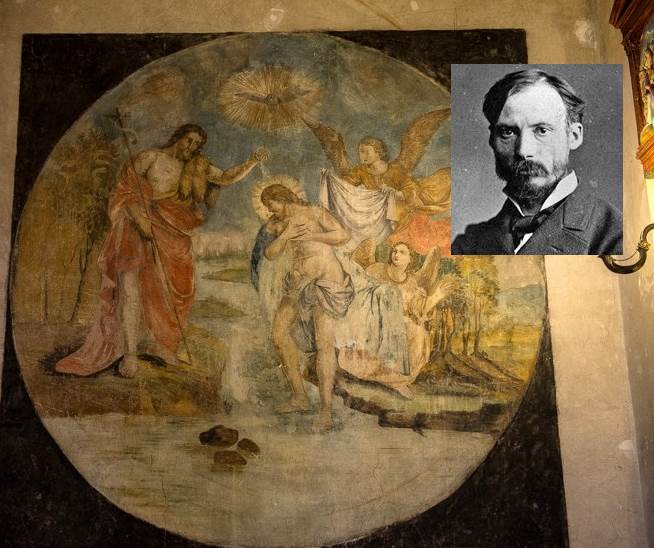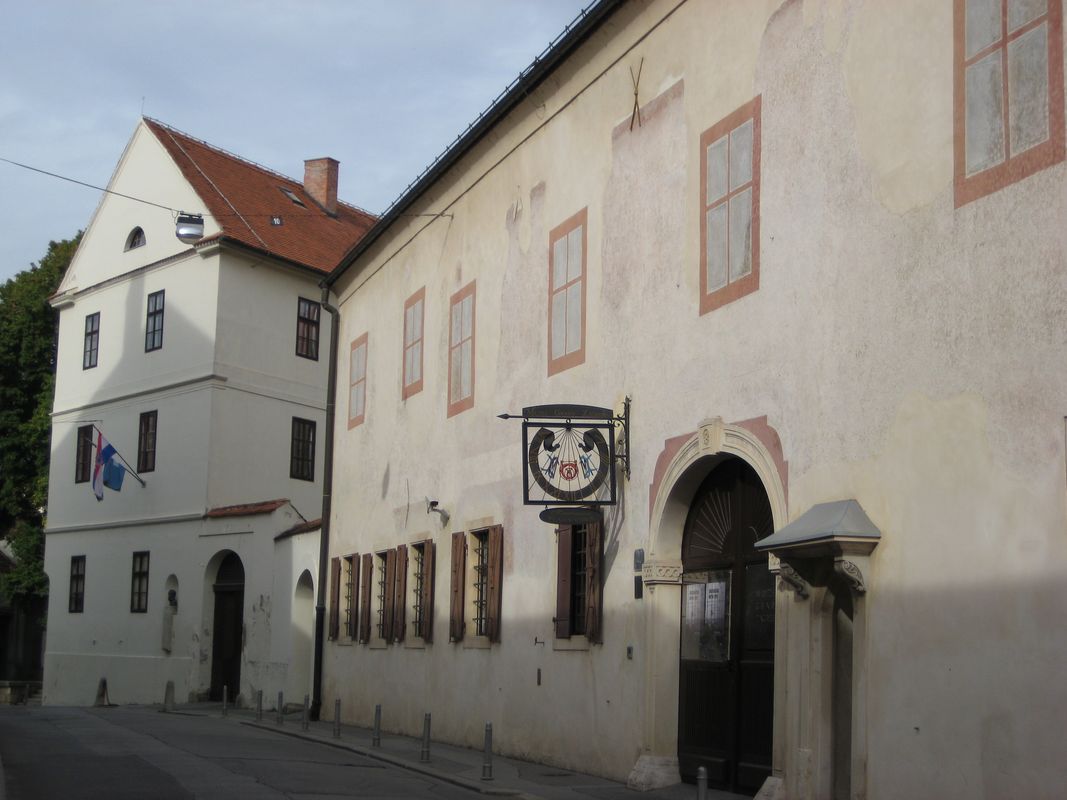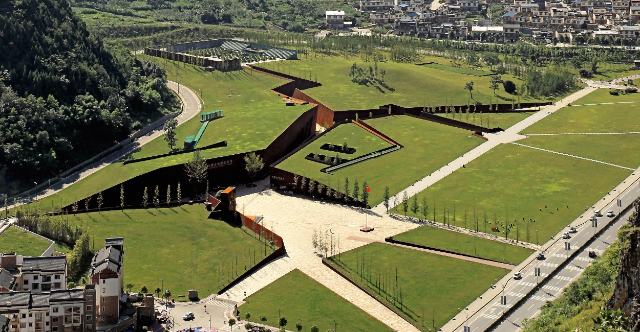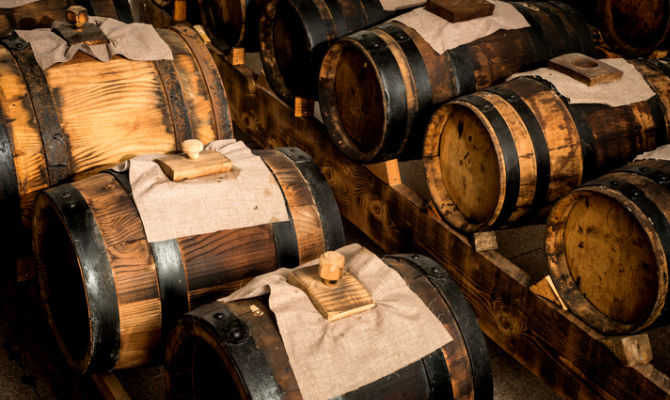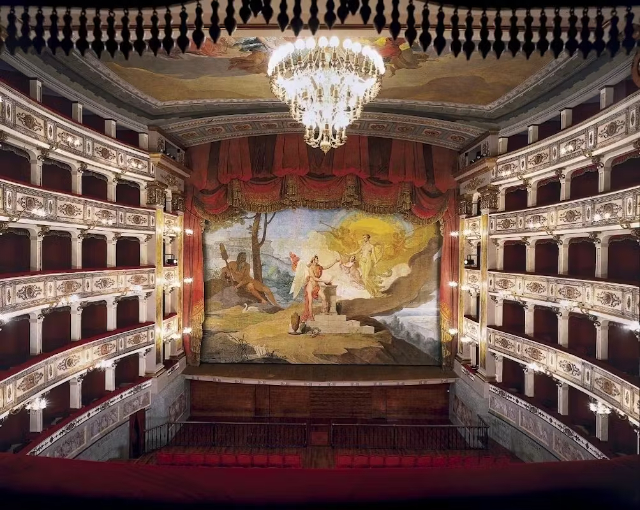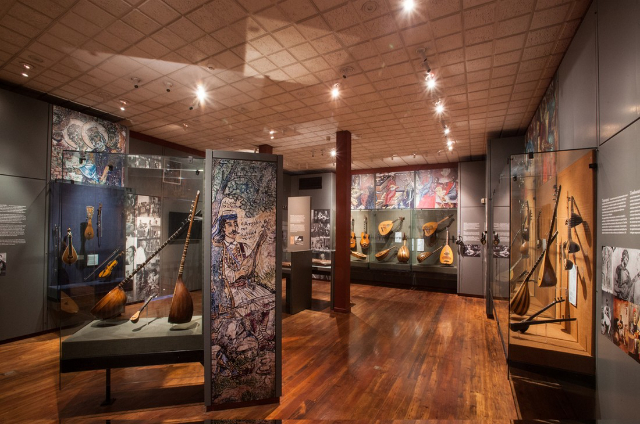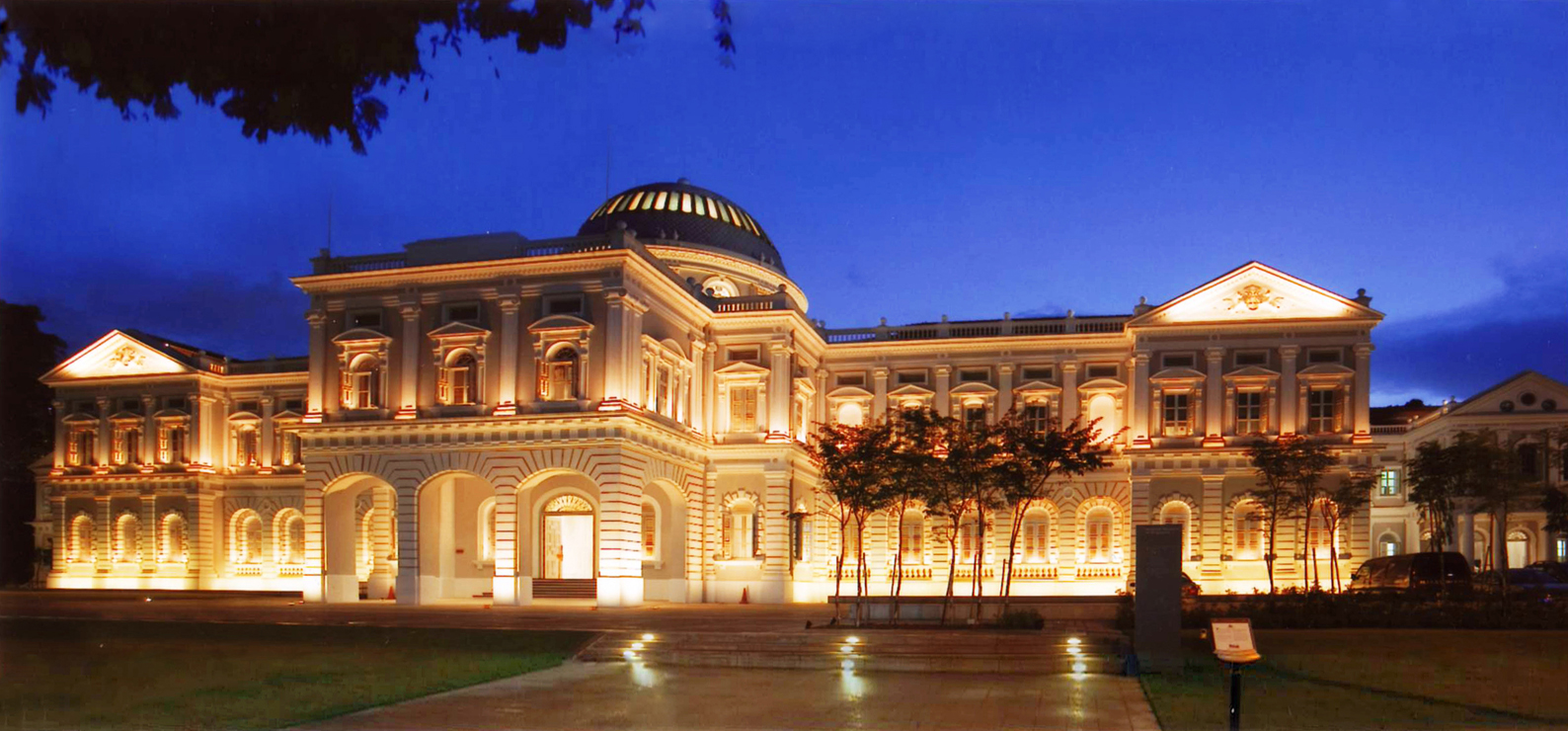In 1993, news bounced back to the headlines of the discovery of some frescoes "retouched" by none other than Pierre-Auguste Renoir in the mother church of Capistrano, a town located in the hinterland of the Calabrian Serre, in the province of Vibo Valentia. The fact, which initially seemed to arouse quite a lot of media interest and attracted many scholars and art experts to the small mountain town, who did not fail to make the most varied comments and judgments, was soon forgotten, leaving any final judgment regarding the great Impressionist’s actual commitment in abeyance.
Mario Guarna, author of the recent booklet Gli affreschi di Renoir a Capistrano. A Mystery Unveiled (Ibiskos Ulivieri editions, 84 pages, 15 euros), today reopens the question and, offering for the first time a comprehensive and meticulous historical and artistic analysis, attempts to fill that gap.
It all began in 1966, when three friends, who had read in the biography written by his son Jean that Renoir, during his trip to Italy (undertaken to study the Old Masters at close quarters), had stayed in the Serre area, putting his hand to the frescoes of a church severely damaged by damp, set out to find them. At one point they came across the work depicting the Baptism of Jesus in the Jordan that decorates the wall next to the entrance door inside the mother church of Capistrano, a work that seemed to bear clear similarities to the French painter’s style.
The ‘fresco was then cleaned up, and the discovery was first the subject of press interest, at least regionally. In the early 1990s, during restoration work on the church, two other frescoes hitherto hidden by lime were then brought to light, Noli me tangere and Christ and the Samaritan Woman. After the uproar that followed the restoration of the Baptism of Jesus mentioned above in 1993, no one had to deal systematically with the three frescoes, which instead, according to Guarna in his study, were all allegedly restored by Renoir.
The author of the research states that the artist had come to the small Calabrian town on the advice of a priest he met in Naples who was originally from there. The priest gave him a letter of recommendation from the bishop, a letter that would allow him to receive hospitality in parish houses in the area.
The French painter, by an adventurous journey, to say the least, made by sea on a fishermen’s boat and by land on mule-drawn carriages, on foot, and even carried by the arms of some peasant women who thus enabled him to cross a river swollen by heavy winter rains, reached Capistrano in December 1881. Here he spent a period of "villeggiatura" painting extemporaneously landscapes, washerwomen, peasants and maidens. He was then forty years old and behind him three exhibitions of the Impressionists and a few shows at the Salon, but outside of Paris he was still a complete stranger.
Impressed and grateful for the generous hospitality of the Capistranesi, he decided to reciprocate their kindnesses by agreeing to the mayor’s request to intervene to restore the church’s frescoes, which dampness was irreparably damaging. Although he was not well versed in fresco or mural painting, although he had tried his hand at it in the past by decorating the walls of several Parisian cafes (work of which, however, no trace has been preserved), he went to a mason in the village, borrowed scaffolding and colored powders, and set about remaking the deteriorated paintings.
Guarna offers a timely analysis of the "reconstructed" parts that can still be observed today, then compares them with other works by the painter, definitively proving their authorship.
This analysis reveals first of all the fact that Renoir had to intervene heavily in some areas, completely remaking certain figures, such as that of Christ in the center of the Baptism fresco or that of the Magdalene in the Noli me tangere, while at other times he preferred to superimpose elements of his own invention, such as the red tunic draped around the body of the Baptist, on the more deteriorated parts. Moreover, one can easily register the presence of some typical stylistic features of Impressionist painting, such as the abandonment of chiaroscuro and the use of colors to render shadows.
The study then dwells on some details, opening up comparisons with several famous paintings by Renoir. In The Baptism, for example, the two angels who appear in the right-hand side of the composition are brought closer, both in pose and physiognomy, to Paris and Hermes portrayed in The Judgement of Paris, while the figure of Jesus, characterized by his graceful, vaguely feminine posture, seems to refer distinctly to that of the Bather in the River; the face, on the other hand, shows an extraordinary resemblance to that of Paul Auguste Lhote portrayed in The Ball in the Countryside. In this same fresco, moreover, there are similarities between St. John the Baptist and a sketch that Renoir made during a visit to the Archaeological Museum in Naples: very similar are the physiognomies and identical the color of the tunics, and a certain similarity concerns the play of light and shadow present in the two compositions.
Turning to the Noli me tangere, the figure of Magdalene stands out, which among those in the three Capistranesi frescoes is, according to the author, the closest to the ideal of Renoir’s painting: "Like the Blonde Bather she has full and opulent forms, large eyes, a short nose, full lips and long blond hair. Skin that ‘holds the light,’ inspiring those delicate iridescent hues that made the French artist famous." Moreover, the painterly touch and the folds of the cloak are very similar to those of the skirt of the Woman with the Letter.
Decidedly singular then is the clothing of the Samaritan woman in the last fresco; unlike the classical iconography, which usually sees her portrayed wrapped in a tunic and with a white drape around her head, here the woman is portrayed in modern fashion and with a vexatious ribbon in her hair, with the same taste in dressing and adorning herself that was in vogue in nineteenth-century France, which we find, for example, in the portrait of Marie Mürer.
If the analysis offered by Mario Guarna seems convincing, unfortunately, the ravages of time have not, for their part, finished threatening the walls of the Capistrano church: and once again moisture threatens to do damage, causing the fruit of that "author’s restoration" to disappear as well, if prompt action is not taken.
(stilearte.it)
